TABLE OF CONTENTS
SketchUp is one of the most well-known 3D modeling tools in the trade for its intuitive UI and modeling experience.

SketchUp Logo
Compared to the more cumbersome design philosophies of its competitors, SketchUp is truly an artist’s tool in its elegant simplicity and open design.
Practically anyone can hit the ground running with SketchUp, but what does it really take to run it on your computer? Are the hardware requirements of SketchUp as simple as its simplicity with other things?
Stick around ’cause that’s exactly what I’ll answer in this article.
SketchUp Official System Requirements
Taken from Trimble’s official documentation, these are the latest system hardware requirements for SketchUp.
| Windows | ||
|---|---|---|
| Minimum | Recommended | |
| CPU: | 1 GHz processor | 2+ GHz processor |
| GPU: | 3D class video card with 512 MB of memory or higher and support for hardware acceleration and OpenGL 3.1 | Discrete Graphics card such as a current generation AMD or NVIDIA. 3D class video card with 1 GB of memory or higher and support for hardware acceleration and OpenGL 3.1 |
| RAM: | 4 GB RAM | 8+ GB RAM |
| Storage: | 1 GB of free hard-disk space | 2 GB of available hard-disk space |
| macOS | ||
|---|---|---|
| Minimum | Recommended | |
| CPU: | 2.1+ GHz Intel™ processor | 2.1+ GHz processor or current generation Apple M1 processor |
| GPU: | 3D class video card with 512 MB of memory or higher and support for hardware acceleration and OpenGL 3.1 | 3D class video card with 1 GB of memory or higher and support for hardware acceleration and OpenGL 3.1 |
| RAM: | 4 GB RAM | 8 GB RAM |
| Storage: | 1 GB of available hard-disk space. | 2 GB of available hard-disk space |
Our Take On the Official SketchUp System Requirements
Overall, it’s pretty poor. It gives you vague recommendations of hardware without actually suggesting anything and that can lead to wild misunderstandings.
Take the “3D class video card with 1 GB of memory or higher and support for hardware acceleration and OpenGL 3.1” bit. “3D class video card”? That doesn’t mean anything. All GPUs are 3D class video cards; what else would they be?
And, “1 GB of memory or higher and support for hardware acceleration and OpenGL 3.1” is one of the most misleading lines here.
GPUs from over a decade ago support OpenGL 3.1. It tells you nothing about what you actually need.
So let me explain what you actually need.
CPU (Processor) Requirements
CPU is king when it comes to SketchUp. Pretty much anything and everything within SketchUp is done with the CPU.
Specifically, SketchUp needs CPUs with high single-core performance.
Having lots of cores does nothing for SketchUp; it isn’t optimized for it.
And I can’t say that you should get a CPU with “X GHz” because GHz does not equal single-core performance. It’s more complicated than that.
The best way to determine a CPUs single-core performance is to compare it with other CPUs on a standardized benchmark. Thankfully for you, we have just that.
Take a look at our Cinebench benchmarks and sort by “Single Score” to find CPUs with the best single-core performance.
Pretty much any CPU that can achieve a score higher than 150 will run SketchUp just fine. But if you want the best performance, CPUs with scores over ~1300 would be what you should aim for.
Note, SketchUp itself doesn’t require lots of cores, but CPU rendering absolutely does, so keep that in mind if you plan on using a CPU renderer.
If you’re building a PC right now, Intel’s Alder Lake 12th generation CPUs are the best when it comes to single-core performance. Even if you plan on doing any multithreaded (multicore) work, they’ll still suit you just fine.
I would suggest looking at the Intel i5-12600K first and then going from there.
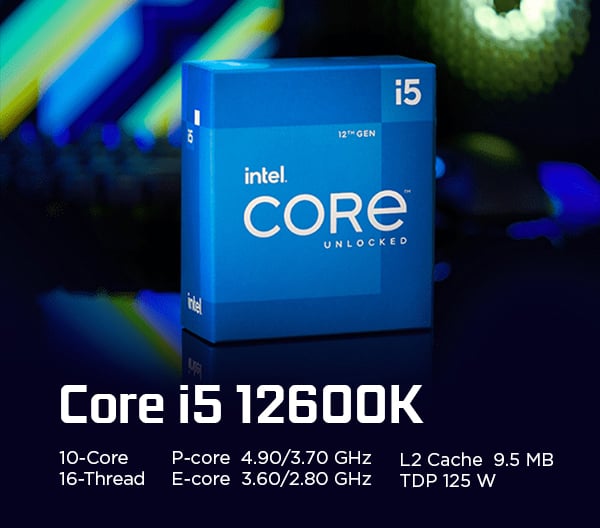
Source: Intel
It’s one of the best bang-for-the-buck CPUs available right now, and you can easily upgrade to an i7 or i9 if you really need the horsepower for something other than SketchUp.
GPU (Video Card) Requirements
The GPU requirements for SketchUp depend on what type of rendering you plan on doing.
Are you going to be using your GPU to render? You will need a powerful GPU. If not, you can get away with a much weaker GPU.
Take a look at our NVIDIA and AMD performance lists to figure out what you need. If you don’t plan on using your GPU to render, you can get away with anything above a GTX 1650 or RX 570.
If you plan on using your GPU to render, your options get narrowed down to just NVIDIA GPUs. Most GPU renderers don’t support AMD GPUs the way they do NVIDIA, so you would be getting a lot less performance if you go with AMD, sadly.
The RTX 3060 is a great card to start off with if you don’t want to spend too much money but want to get something that can render quite well.
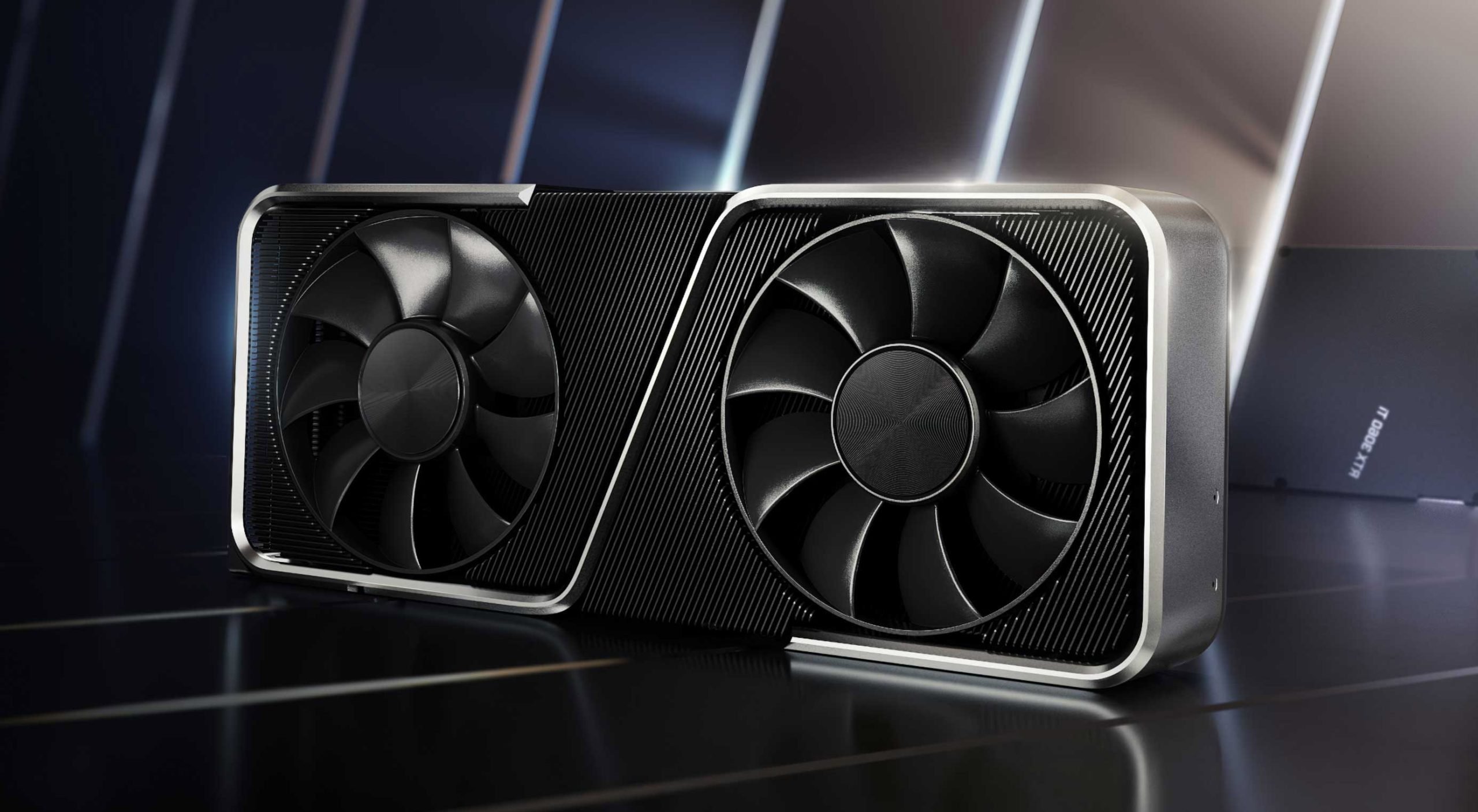
Source: Nvidia
And if you want to get serious, you can get an RTX 3080 or 3090 or upgrade to them later on.
RAM (Memory) Requirements
As with most programs, RAM is pretty easy.
Get at least 16 GBs of RAM.
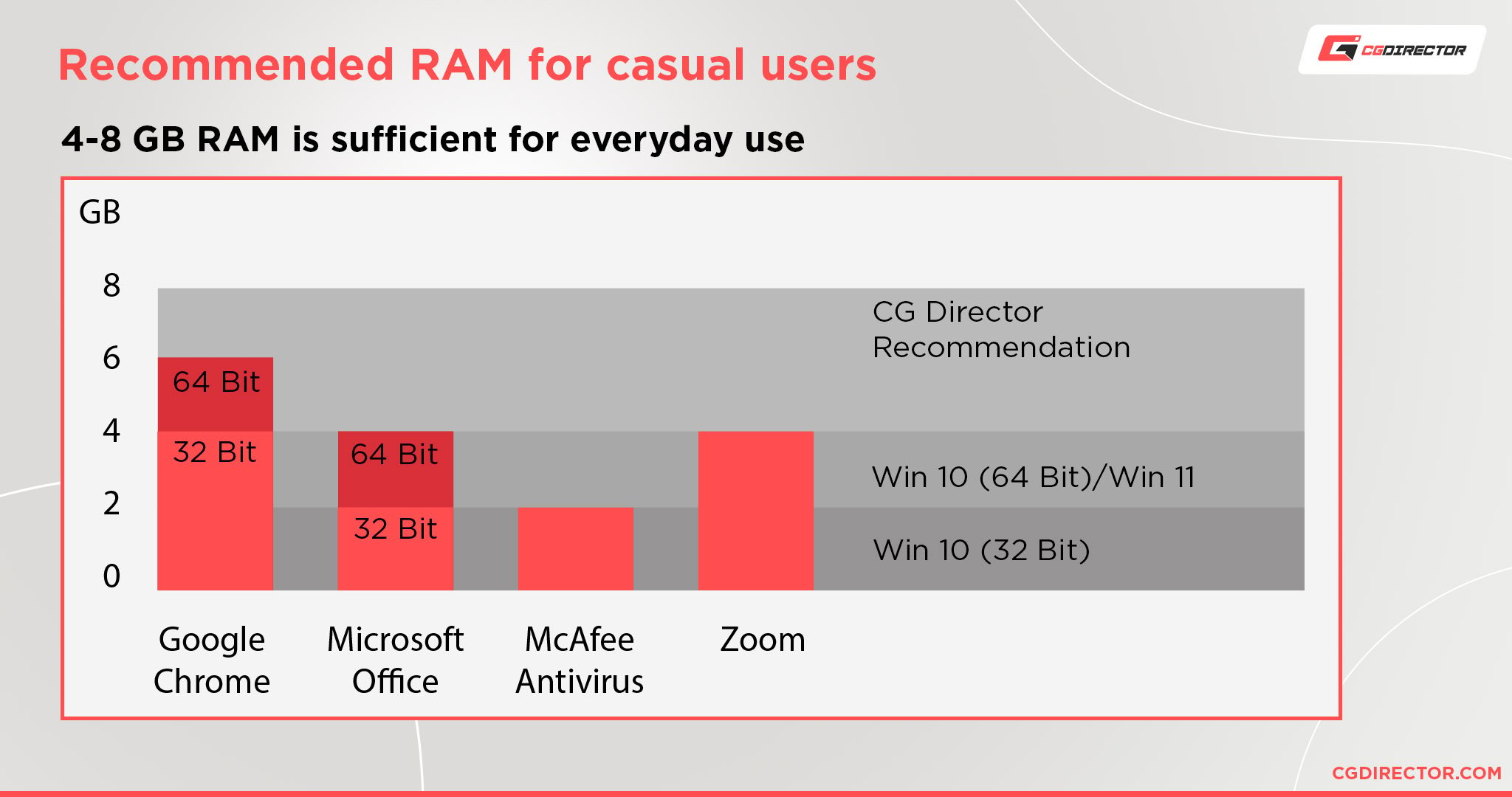
Modern OS’ and other applications can absolutely chew through RAM, barely leaving anything for SketchUp. So 16 GBs generally gives you enough RAM to not run into those issues.
But depending on how complex your SketchUp creations can get—or how many browser tabs you have open—you might want to think about upgrading to 32 GBs as well.
It’s not that much more expensive than 16 GBs, and it’d give you plenty of wiggle room when it comes to dense SketchUp scenes and other background applications.
Performance Demands of Different Applications of SketchUp
When it comes to something like SketchUp, it’s hard to give general recommendations because there are so many things that you could do with it.
So the best way to solve that issue is to focus on some of those aspects to help figure out what exactly you need for what you will be doing.
Low Poly Modeling
Low poly modeling is a style of 3D modeling that is very forgiving with hardware constraints.
In pretty much any 3D modeling suite, low poly modeling can be done with even the bare minimum hardware needed to run the program, and that holds true for SketchUp as well.
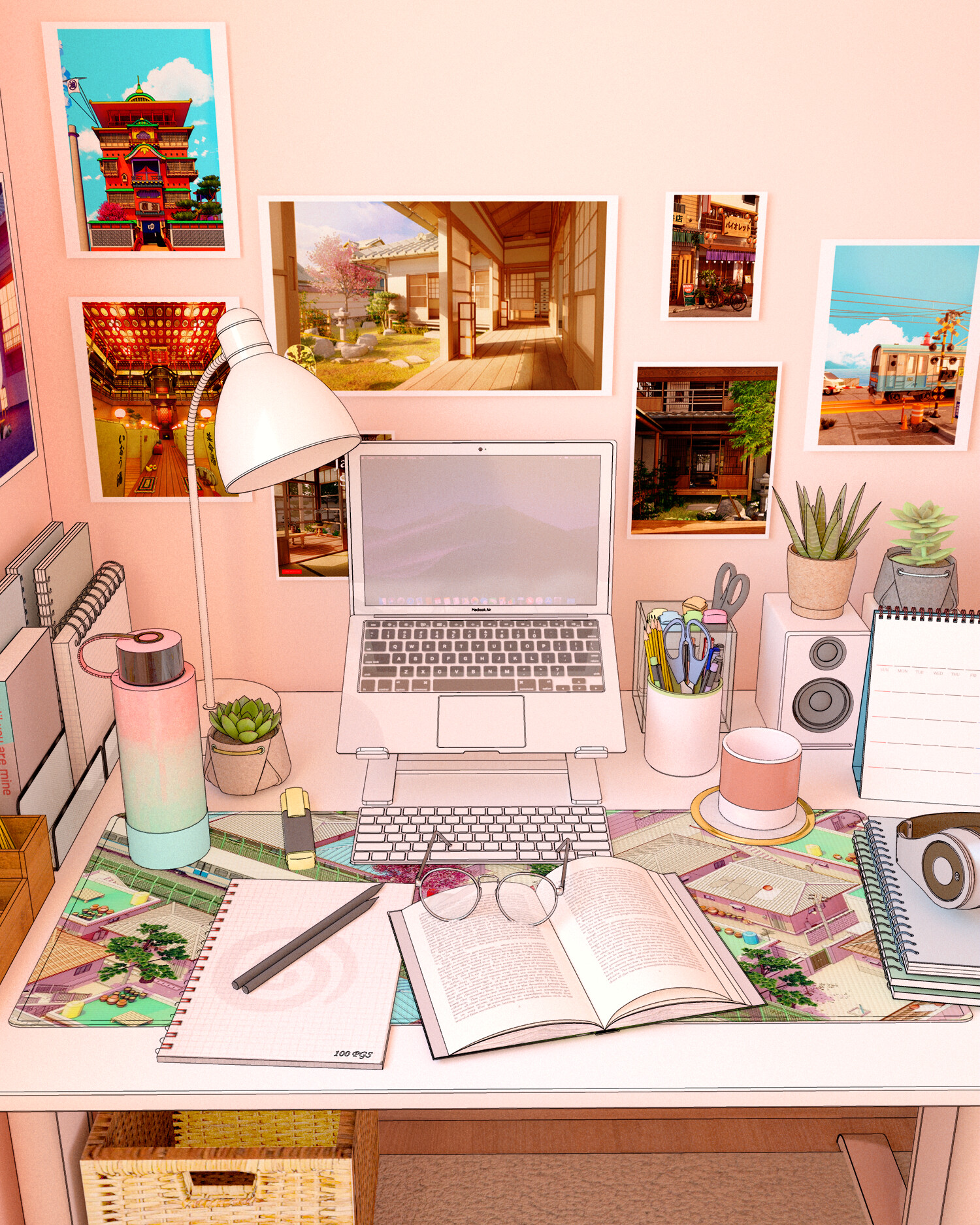
Image Credit: Omorphia Visual
If the scenes that you are making are below or around 50k triangles, then you most likely won’t have any issues with SketchUp regardless of your hardware unless your PC is 10+ years old.
Hardware Requirements: For low poly scenes, the main thing you need is a good CPU with decent single-core performance. Pretty much anything made in the last 10 years would do.
And you can get away with around 4 GBs of RAM, but 8 GBs would make your life easier by reducing any RAM-related hitches.
And for the GPU, unless you plan on rendering with your GPU, even an iGPU would do.
High Poly Modeling
Compared to low poly modeling, high poly modeling is significantly more resource hungry, especially regarding the CPU.
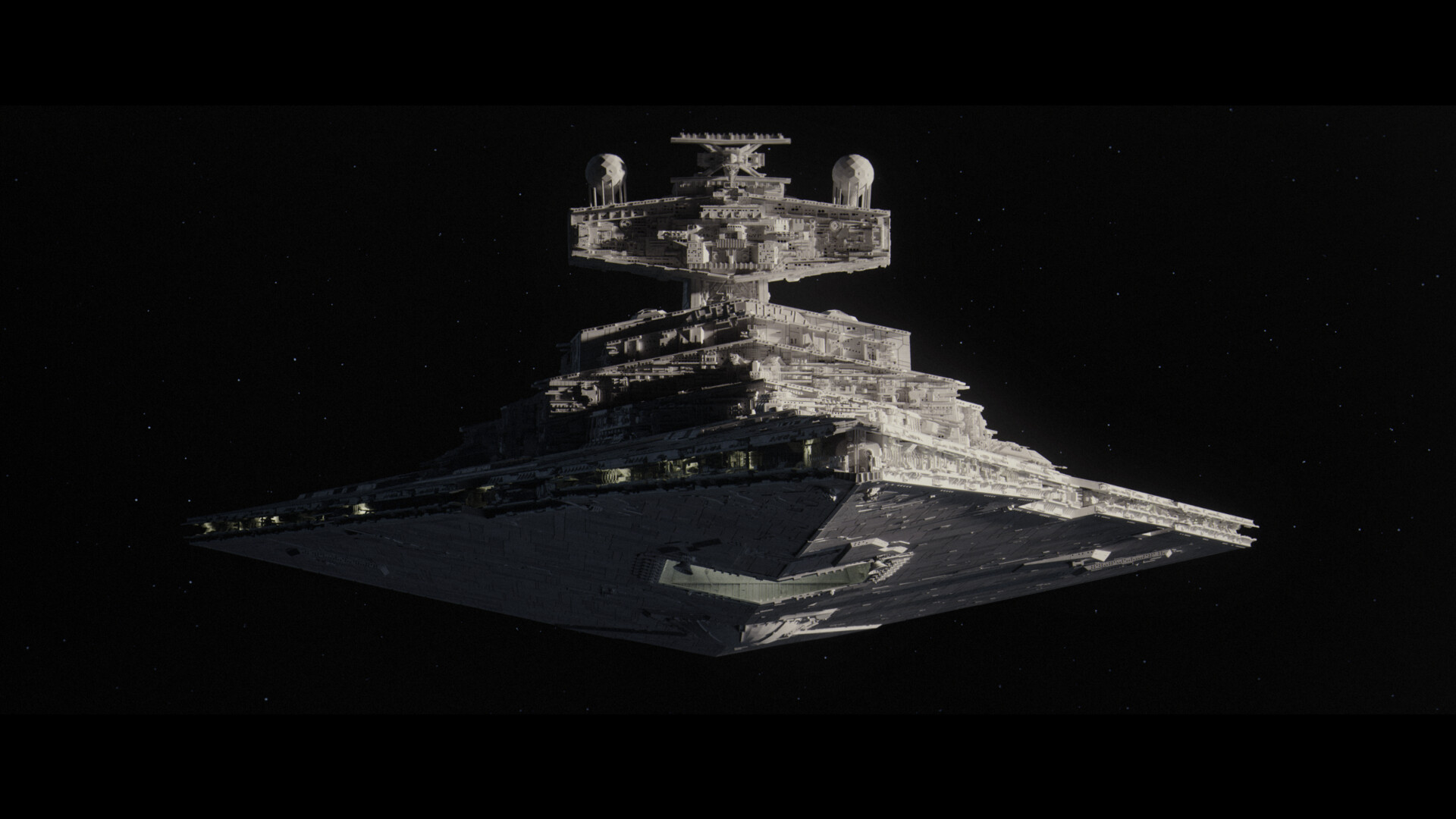
Image Credit: Ole Magnus Schei Sunnevåg
SketchUp, like most other programs, is a very single-thread optimized application, meaning that it is only optimized to run on one or two cores at most.
Because of this, it requires a lot more processing power from the CPU to calculate the data that it’s processing.
Because of the power of modern-day CPUs, this isn’t very apparent for the most part when you’re working on moderately sized scenes.
But try to make scenes with millions of polys and your CPU will really be put through the paces.
Hardware Requirements: For high poly scenes, the main component that you need is a CPU with high single-core performance.
Secondly, SketchUp can go through quite a bit of RAM when you’re making huge scenes, so you should have at least 16 GBs of RAM, preferably 32 GBs.
And finally, the GPU can be something more affordable, it really won’t be used much unless you plan on using your GPU to render. In that case, you will need to buy a good GPU as well.
An RTX 3060 would tide you over well, but if you’re a professional with deadlines, investing in something like an RTX 3080 or even an RTX 3090 might benefit you.
Texturing
Like pretty much everything else in SketchUp, texturing is also mostly dependent on your CPU, specifically the single-core performance.
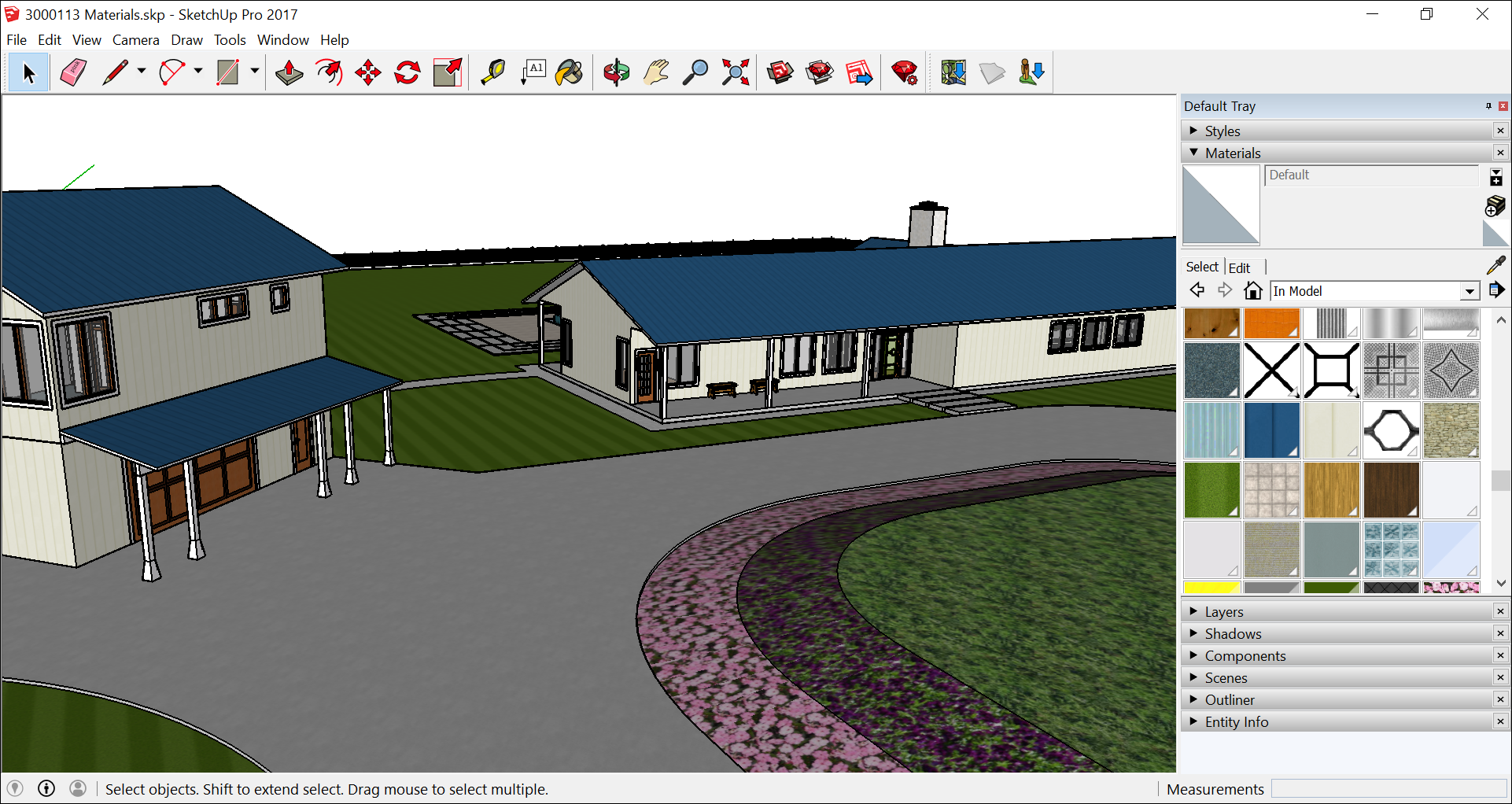
Image Credit: SketchUp
And if you’re using high-resolution textures, having enough RAM to store them is also pretty important.
Hardware Requirements: For texturing, the main thing to focus on is the CPU. Any relatively modern CPU with good single-core performance released in the last 5~ years will do just fine.
And for RAM, you should get a minimum of 8 GBs, but I recommend getting 16 GBs or even 32 if you need it.
The GPU doesn’t matter much for texturing. Pretty much any ol’ GPU will do.
Rendering (Third-Party Renderers)
Rendering is the place where the paradigm shifts with SketchUp.
Up until now, the main thing that you’ve needed for SketchUp to run well has been a CPU with good single-core performance, and you barely even needed a GPU at all, but that changes drastically when it comes to rendering.
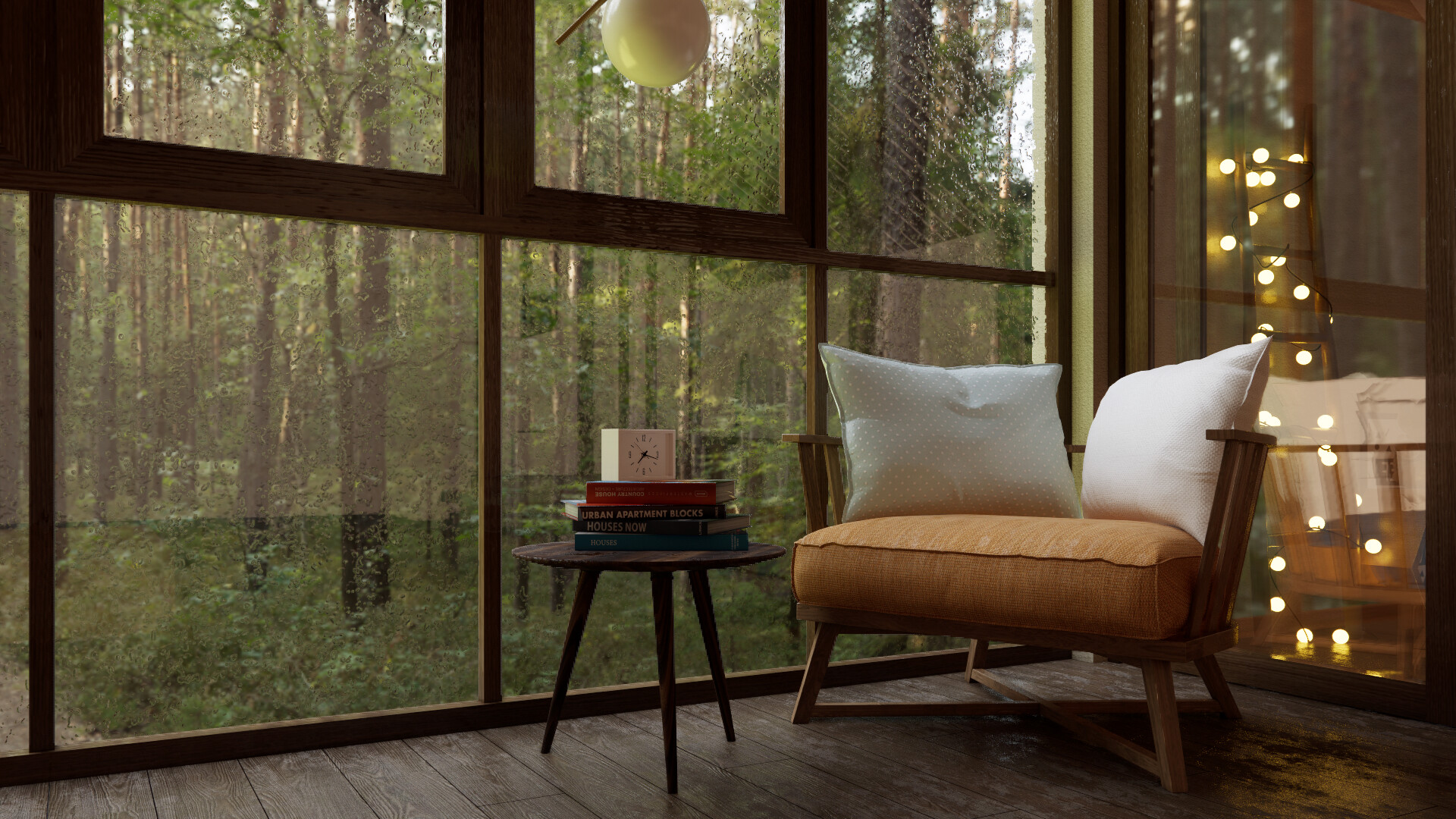
Image Credit: Văn Nhựt
If you plan on going with CPU rendering, getting a CPU with good single-core performance is still important, but it becomes crucial that you make sure that your CPU has enough cores as well.
CPU rendering pretty much scales linearly with the number of cores you have, meaning double the cores equal double the speed at which you render.
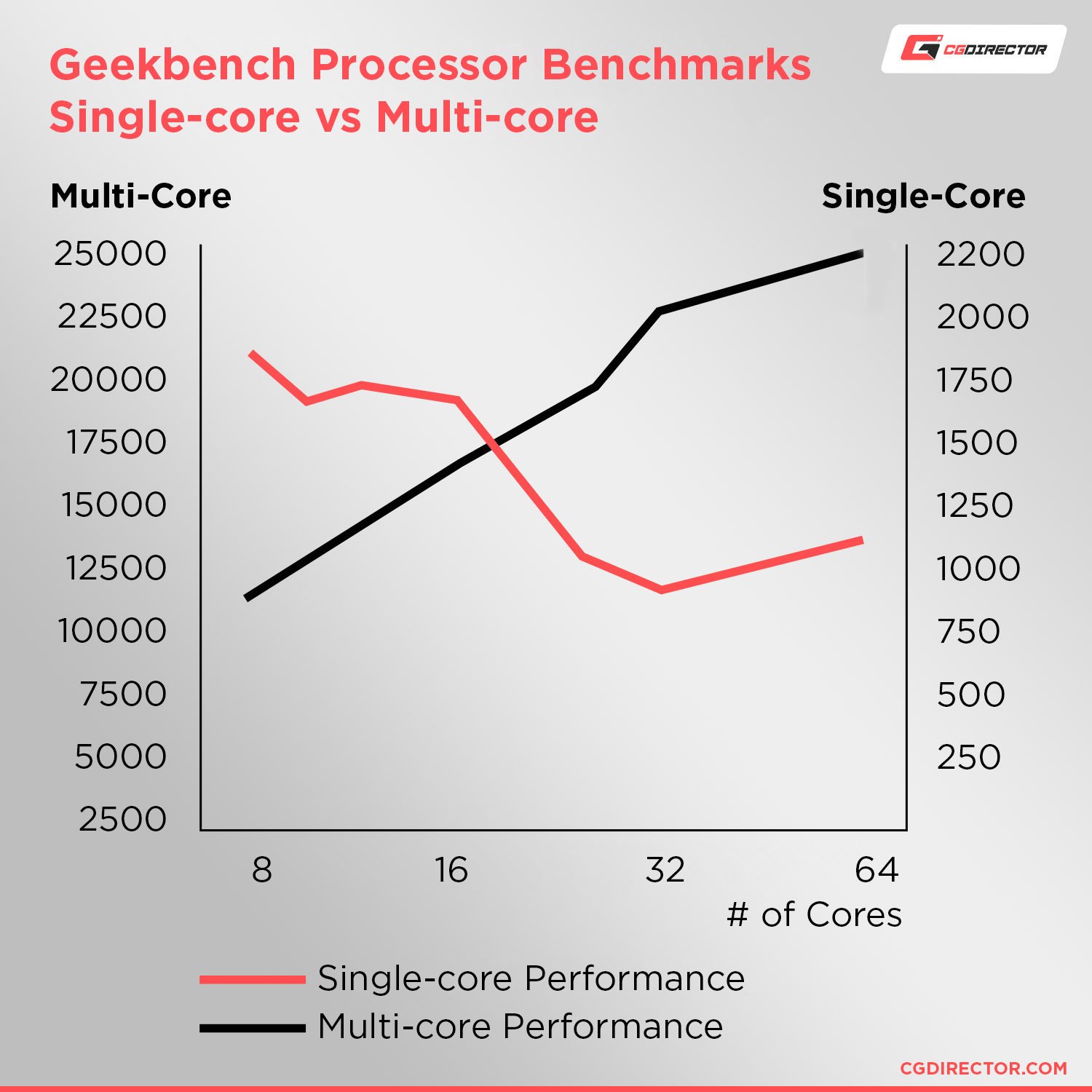
But you also have to keep in mind that the more cores you have, the less single-core performance you’re going to have.
The balanced sweet spot is around 16 cores, but if you need even more CPU performance for rendering, it might be wise to look into creating a new machine for just CPU rendering.
And if you plan on going with GPU rendering, getting a good GPU with enough VRAM is your goal.
Hardware Requirements: For CPU rendering, get a CPU with at least 12 cores, 16 preferably. Thankfully, most CPUs these days are relatively good at both multicore applications and single-core applications, so you don’t have to have any trade-offs up until around 16 cores.
However, if you need more cores for CPU rendering, I’d advise that you look into making a new PC just for rendering instead so that you can continue to have fast application performance while getting faster renders.
And for GPU rendering, I’d recommend that you go with an NVIDIA RTX card with at least 10 GBs of VRAM.
Most if not all GPU-based renderers available today have spotty support for AMD or none at all. So that narrows down your options to just NVIDIA GPUs sadly.
Our PC Build Recommendation For SketchUp
And finally, the actual PC recommendations. I actually have three recommendations here that you can pick and choose depending on your budget and preferences.
All three of these PCs will perform exceptionally well for SketchUp for years to come. Even the “Entry-Level” PC is more than enough for pretty much anything you would do with SketchUp.
If you want a more detailed look at what it takes to create a PC for SketchUp, take a look at the article we dedicated to explain just that.
And if you have any questions or concerns about these builds, or you want to change something but aren’t sure about it, head on over to our forum and we’ll help you out in no time 😉
Entry-Level SketchUp PC Build $1500
High-End SketchUp PC Build $3500 – AMD
High-End SketchUp PC Build $3500 – Intel
How to Check Your Current Specs to See if You Can Run SketchUp
Do you already have a PC that you think should be able to run SketchUp but aren’t sure about it?
Take a look at our article that helps figure out what your specs are and then compare those specs with what I suggested above. That’ll help you figure out if you would be able to run it or not.
How to Upgrade Your PC to Run SketchUp Faster
Do you already have a PC that’s relatively powerful but could use an upgrade or two? We got you covered.

Just head on over to our article that covers how to upgrade your PC. It’ll give you all the info you need when upgrading a PC.
If you still have questions at that point, feel free to head to our forum. We’ll help you figure out what you need.
FAQ
Can SketchUp Run On 2 – 4 GBs of RAM?
SketchUp can run on 2 – 4 GBs of RAM, but it won’t be a good experience. Especially if you only have 2 GBs to spare.
When your RAM is done being split between your OS and any other program(s) you might have open, SketchUp will barely have anything left.
With 4 GBs, it’s a little more manageable, but it’s still not ideal. As your scenes get more and more complex, you will most likely run into hitches and slow-downs with only 4 GBs.
8 GB really is the minimum for any modern application.
Does SketchUp Require a Good PC?
Not necessarily. SketchUp can pretty much run on a toaster.
It’s pretty damn light. But running is very different from running well.
Is RAM Important for SketchUp?
RAM is relatively important for SketchUp.
It’s not that much of a RAM hog if you’re not making extremely dense scenes, but it can still eat up quite a bit of RAM like any 3D modeling program.
Can a Laptop Run SketchUp?
Absolutely. Any relatively modern laptop can run SketchUp just fine.
Even older laptops will work fine if you don’t plan on creating extremely heavy scenes or rendering.
Anything bought within the last five years that was worth at least $1000 is more than likely able to run SketchUp perfectly for everything except the most intense scenes.
Can I Run SketchUp Without a Graphics Card?
SketchUp can run just fine on iGPUs.
SketchUp really isn’t a very graphically demanding application.
However, you won’t be able to do any GPU-heavy tasks like rendering. So your CPU will have to pull double duty if you plan on rendering.
Does SketchUp Use the GPU or CPU?
SketchUp itself uses the CPU and pretty much only the CPU. The GPU gets used to show what’s happening within the application and doesn’t get used for much more beyond that.
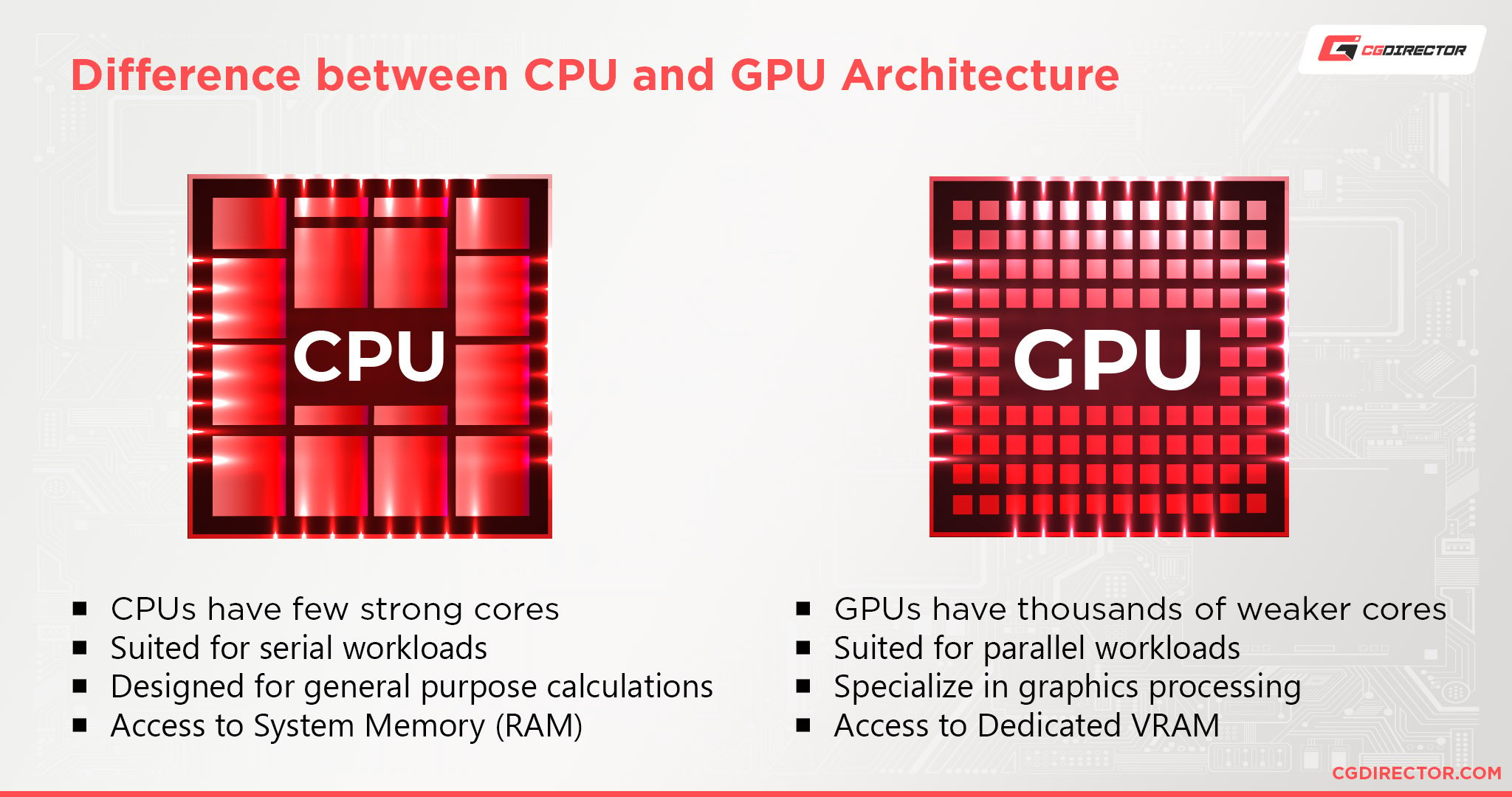
However, if you plan on using a rendering package with SketchUp to actually render out your creations, your GPU usage could go up drastically if you use a GPU renderer.
If you use CPU rendering, then, obviously, the CPU usage would go up even higher instead.
Are 4 Cores Enough for SketchUp?
4 cores is fine for SketchUp. SketchUp doesn’t care about the number of cores your CPU has, only that it has good single-core performance.
So if you have a 4 core CPU with decent single-core performance, you’ll be just fine.
Why Is SketchUp So Laggy?
There are many reasons why SketchUp might be lagging. It’s hard to say without more information.
Your PC might not be powerful enough, your hardware resources might be allocated elsewhere, your scene might be unoptimized, your textures might be unoptimized, etc.
Generally, though, the main causes of slowdowns are extremely heavy scenes and large texture sizes.
Try to clean up any unneeded geometry and reduce the geometry density of objects if they don’t need all that detail. Make sure that you group similar objects as well.
If that doesn’t work, you might need to look into reducing the texture resolutions. Extremely high-quality textures can cause lagging issues in SketchUp.
If neither of those options work, I would suggest that you head over to the SketchUp forums, subreddit, or our own forum for help.
Over to You
Have any other questions about SketchUp? Feel free to ask us in the comments or our forum!
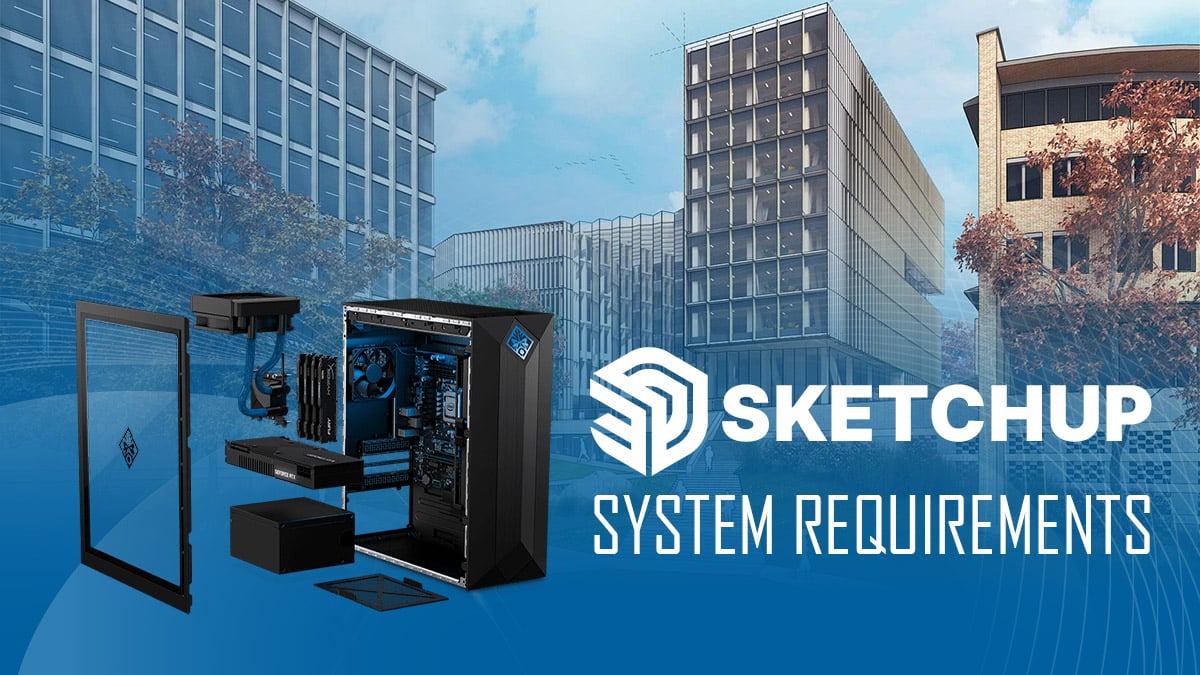
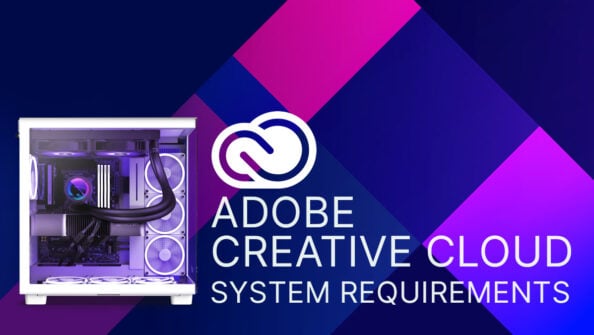
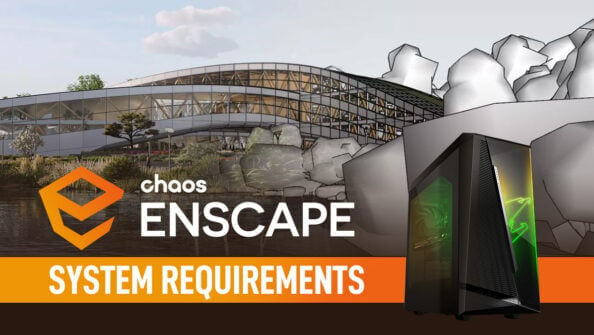
![Adobe Animate System Requirements and PC Recommendations [2024 Update] Adobe Animate System Requirements and PC Recommendations [2024 Update]](https://www.cgdirector.com/wp-content/uploads/media/2023/06/Adobe-Animate-System-Requirements-and-PC-Recommendations-Twitter-594x335.jpg)
![Solidworks System Requirements & PC Recommendations [2024 Update] Solidworks System Requirements & PC Recommendations [2024 Update]](https://www.cgdirector.com/wp-content/uploads/media/2023/05/Solidworks-System-Requirements-PC-Recommendations-Twitter-594x335.jpg)

0 Comments